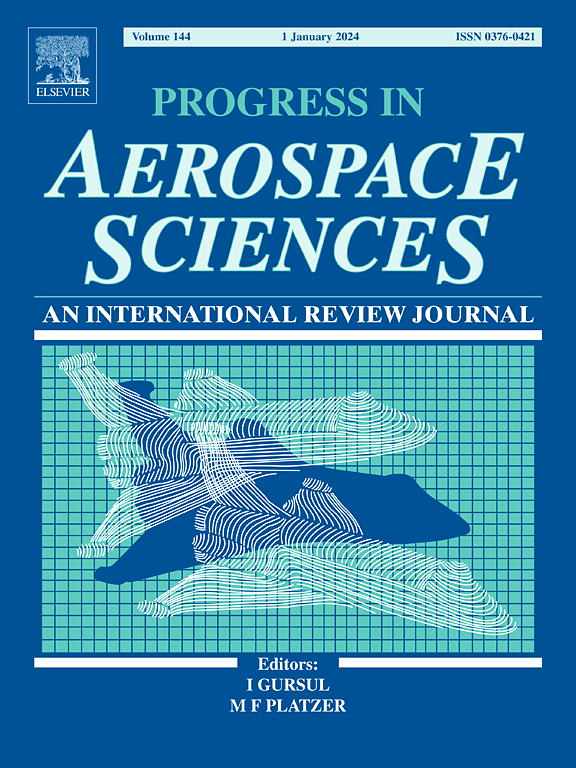Review of data-driven computational guidance for unmanned aerospace vehicles
IF 16.2
1区 工程技术
Q1 ENGINEERING, AEROSPACE
引用次数: 0
Abstract
This paper explores the application of data-driven computational guidance in unmanned aerospace vehicles, emphasizing improving the optimality of guidance strategies through data-driven approaches. Unmanned aerospace vehicles are engineered to execute predetermined missions while adhering to a variety of physical and operational constraints. Both their design and operational strategies prioritize the efficient utilization of onboard resources. Data-driven methods can learn from data to develop well-trained neural networks that uncover underlying guidance patterns. These trained neural networks can rapidly generate optimal outputs in response to inputs with minimal computational cost. This characteristic of data-driven methods is particularly well-suited for guidance applications in scenarios with limited onboard computational resources. This paper reviews the state-of-the-art achievements in data-driven computational guidance. Simultaneously, we categorize these advancements based on the role of neural networks within the guidance system, referring to them as neural-end-to-end computational guidance and neural-assisted fixed-structure guidance, respectively. Additionally, the paper highlights several open problems and potential future research directions.
无人航天飞行器数据驱动计算制导研究进展
本文探讨了数据驱动计算制导在无人飞行器中的应用,强调通过数据驱动方法提高制导策略的最优性。无人航天飞行器的设计目的是执行预定任务,同时遵守各种物理和操作限制。它们的设计和操作策略都优先考虑有效利用船上资源。数据驱动的方法可以从数据中学习,开发训练有素的神经网络,从而发现潜在的指导模式。这些经过训练的神经网络可以以最小的计算成本快速生成响应输入的最优输出。数据驱动方法的这种特性特别适合于机载计算资源有限的情况下的制导应用。本文综述了数据驱动计算制导的最新研究成果。同时,我们根据神经网络在制导系统中的作用对这些进步进行分类,分别将其称为神经端到端计算制导和神经辅助固定结构制导。此外,本文还指出了几个有待解决的问题和未来可能的研究方向。
本文章由计算机程序翻译,如有差异,请以英文原文为准。
求助全文
约1分钟内获得全文
求助全文
来源期刊

Progress in Aerospace Sciences
工程技术-工程:宇航
CiteScore
20.20
自引率
3.10%
发文量
41
审稿时长
5 months
期刊介绍:
"Progress in Aerospace Sciences" is a prestigious international review journal focusing on research in aerospace sciences and its applications in research organizations, industry, and universities. The journal aims to appeal to a wide range of readers and provide valuable information.
The primary content of the journal consists of specially commissioned review articles. These articles serve to collate the latest advancements in the expansive field of aerospace sciences. Unlike other journals, there are no restrictions on the length of papers. Authors are encouraged to furnish specialist readers with a clear and concise summary of recent work, while also providing enough detail for general aerospace readers to stay updated on developments in fields beyond their own expertise.
 求助内容:
求助内容: 应助结果提醒方式:
应助结果提醒方式:


